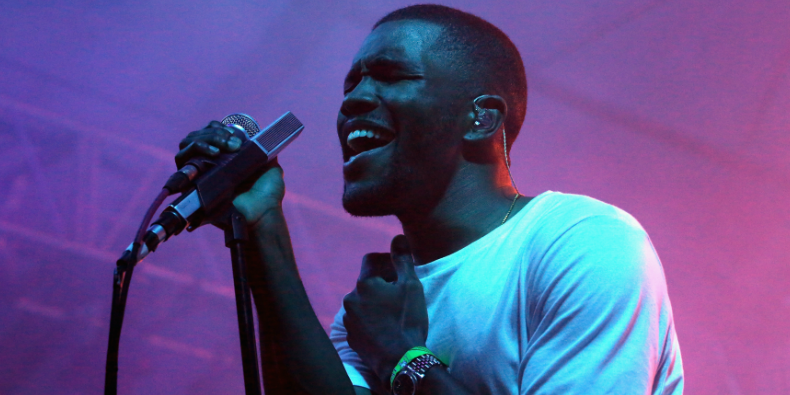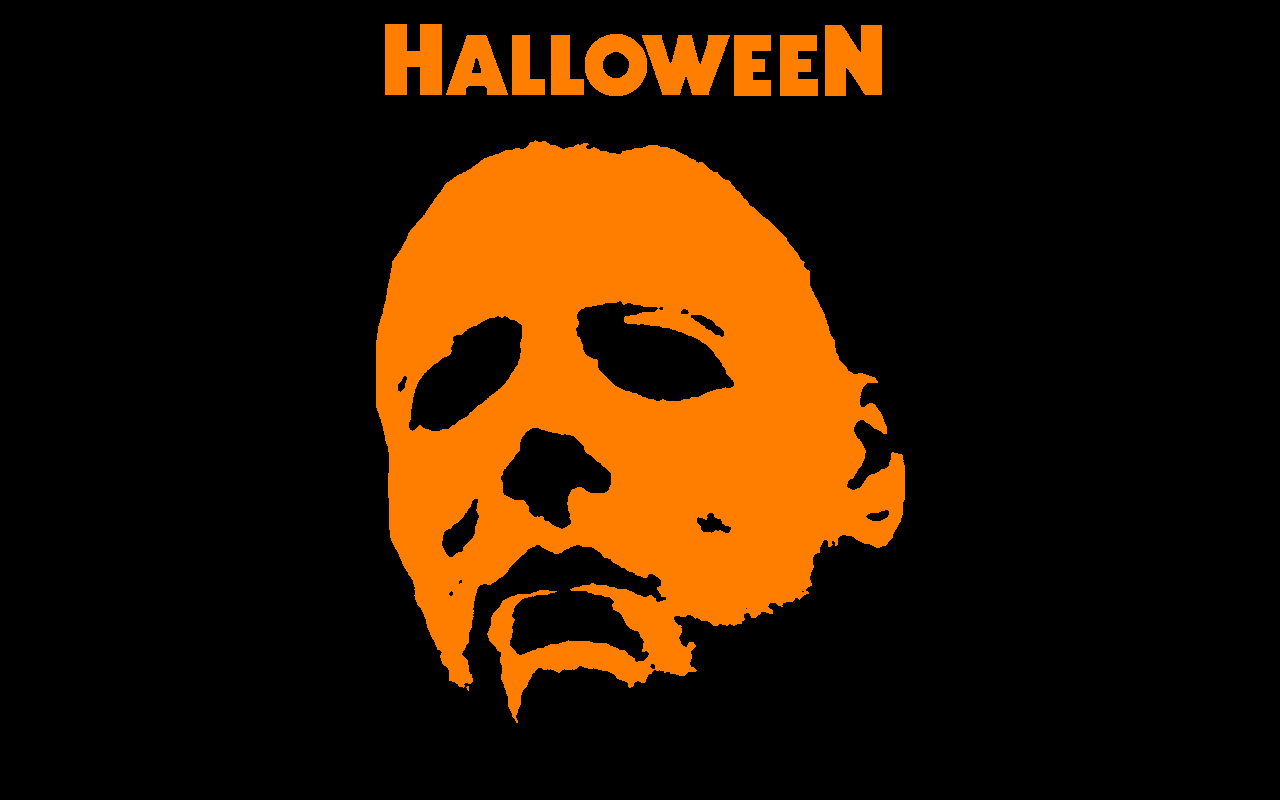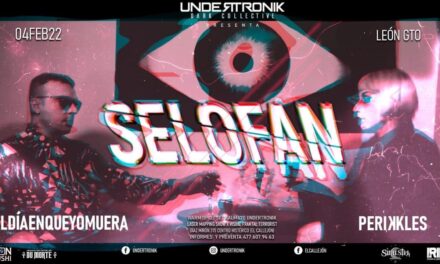Ah nothing tops the feeling of proudly pulling out your phone to show your friends how glorious your Spotify Wrapped looks. Or how about sipping your drink while your guest flips through your carefully-curated record collection? We non-musicians fantasize about starting a band that would sound like an utter mix of some of the top artists in our Spotify Wrapped. Hence, we tend to think that songwriters simply turn this fantasy into reality.
However, this linear formula fails to explain the music taste of some famous metal artists. It is no secret that metalheads don’t follow a strict diet of exclusively metal albums. The influence of totally unexpected artists on metal musicians has shaped the genre since its conception. A clear example is the stark impact of Sisters of Mercy on Paradise Lost’s Gothic (1991), which resulted in the definition of a new genre. Nevertheless, even the experienced metalhead might raise an eyebrow when finding out that many top-tier extreme metal artists rarely listen to extreme metal and, in many cases, to any form of metal whatsoever.
In order to find out what’s up these musicians’ alley, we binged on the YouTube series ‘What’s in My Bag?’ run by the American record shop Amoeba Music. The series shows musicians in the wild, hand-picking records and talking about them. Other valuable resources on the matter include the ‘Albums That Changed My Life’ series from Metal Hammer, and ‘10 Songs That Changed My Life’ from Kerrang. So let these metalheads spill the beans!
Among the metal artists with a rather puzzling music taste we have Lamb of God’s Randy Blythe. When answering Kerrang’s ‘The 10 Songs That Changed My Life’ [1], Randy only names one metal band, Corrosion of Conformity. Otherwise, he names 70s/80s rock, pop and funk: Lipps Inc., Kiss, The Cult, Depeche Mode, Led Zeppelin and The Jesus Lizard. Randy does name hardcore punk legends Bad Brains as an inspirational source of aggressive music. Another example is Niklas Kvarforth, vocalist of the Swedish black metal band Shining. In contrast with his sinister presence on stage, Niklas revealed to Metal Temple [2] to be into David Bowie, Depeche Mode and Kent. Although he also names black metal artists among his influences.
Despite playing one of the most violent music genres, grindcore artists may not necessarily sit on the sofa and listen to harsh noise and blast beats on repeat. In his ‘What’s in My Bag?’ appearance [3], Scott Carson, frontman of the cult 1-album grindcore band Repulsion, picks CDs by Deep Purple, Aerosmith, Blood Ceremony, R&B icon Geno Washington, funk legends Funkadelic, and the Finnish 80s rock band Smack. However, Scott Carson does pay tribute to the spiritual leaders of his genre and gets Napalm Death’s Time Waits for no Slavery (2009). Similarly, Todd Jones of the high-rated grindcore phenomenon Nails [4] proves his hardcore/punk credentials by picking Incendiary, Exit Order, and first-wave punk pioneers Johnny Thunders & The Heartbreakers. He also shows metal taste with Voivoid and Pallbearer. But confusion comes when he picks trip-hop godfathers Portishead, power pop band Big Star, indie duo Sleigh Bells, and Nergal’s folk project Me and That Man.
Before his unfortunate passing, Riley Gale of Power Trip walked into Amoeba Music with his bandmates [5]. Recognised for their distinctive hardcore-infused brand of thrash metal, the whole crew made it hard to find a clear connection between their shopping and their music style. Among the unexpected ones we get The Verve, ZZ Top, US Girls, Al Green, Marvin Gaye, Guided By Voices, Blur, Sturgill Simpson, The Jesus And Mary Chain, and Ryan Adams. However, they also grab records from their metal faves: Sepultura, Nocturnal Blood and Bolt Thrower.

Power Trip do something I would like to see more from artists their size: they pick – and therefore effectively put in the spotlight – a couple of underground extreme metal artists, Kerasphorus and Wulkanaz. While people like Soulfly’s Max Cavalera, Darkthrone’s Fenriz and Hatebreed’s Jimmy Jasta take advantage of their fame to promote the underground, Lars Ulrich doesn’t even bother to dig much into music in his ‘What’s in My Bag?’ appearance [6]. The infamous Metallica drummer only gets three CDs among a cargo of books and DVDs. These CDs come from Radiohead and Deep Purple plus a Christmas compilation, Heavy Metal X-Mas Cards.
On the other hand, expecting veteran metal big guns to still be into metal might be asking for too much. When Anthrax members were asked to show their bags at Amoeba Music [7], not a single metal album was to be seen: Queen, Nirvana, Pink Floyd, Peter Gabriel, and virtuoso guitarists Joe Bonamassa, John McLaughlin and Eric Johnson.
In their ‘What’s in my Bag?’ takeover [8], Californian sludge/doom metal duo Black Cobra grab metal albums from Napalm Death, Harvey Milk and Savours. The influence of the last two on Black Cobra’s sound is clear-cut. Not so in the case of the rest of their shopping: classical German composer Richard Wagner, jazz guitarist Lenny Breau, new-age maestro Jean Michel Jarre, 50s composer Les Baxter, and lounge music composer Martin Denny.

“Very heavy, big influence on metal bands in an indirect way”, comments Black Cobra’s Rafael Martinez as he shows his Richard Wagner CD. Although harder to notice for us non-musicians, many metal artists are influenced by classical, jazz and world music in their compositions, rather than in style. Jeff Matz of High on Fire [9] realises his bag is less metallic than his bandmate’s. While showing off two LPs from the Turkish folk singer Selda, Matz explains “I love writing metal riffs based on influences that are completely non-metal”. “Yeah, it’s better that way!”, recognises his bandmate Matt Pike.
In more experimental bands the influence of outsiders is expected to act in a more obvious way. Unsurprisingly, the members of the fully-experimental black metal band Liturgy [10] don’t pick a single metal album among a pile of world, folk, experimental and classical albums that are rather obscure to the vast majority of metalheads.
Probably at the same level of experimentation but in a completely different avenue, Seattle’s duo Sunn O))) are widely regarded the heaviest band in the world. When one of its two brains, Greg Anderson, is asked to open his bag for inspection [11] we find, with no disappointment, two records by one of the world’s most miserable bands, Grief, along with an Incantation CD and one of the million CD reissues of Black Sabbath’s Paranoid (1970). However, for the rest of his shopping Anderson ditches metal and turns to jazz with Miles Davis and Mahavishnu Orchestra, as well as a Sound Garden CD and two movie soundtracks by the American composer Bernard Herrmann.
Once a strict folk/black metal band, Enslaved has moved towards a more progressive style which is explained by the band’s music taste. Founding member Ivar Bjørnson shows Metal Hammer [12] a balanced selection of albums that include Bathory, Mayhem and Darkthrone, but also Genesis, King Crimson, Tool, Pink Floyd and Norwegian rock legends Motorpsycho.
Ihsahn is another artist who is expected to have a large collection of non-metallic artefacts at home – His solo output has both fascinated and put off metalheads with that upbeat trumpet accompanying a rather avantgarde sound. When asked by Metal Hammer to fill out the ‘10 Albums The Changed My Life’ form [13], Ihsahn first sticks to the classics with Iron Maiden, Metallica, Judas Priest and, congruently, two extreme metal artists: Morbid Angel and Bathory. The other half explains his experimentation: Radiohead, Prince, composer Jerry Goldsmith, and experimentalists Diamanda Galas and Scott Walker.
Like Ihsahn and Enslaved, many artists move forward and change their music style in accordance to the evolution of their music taste. In some cases, musicians are not too optimistic about changing their band’s direction and prefer to start side-projects that better reflect parts of their music taste. A well-known example is Behemoth’s Nergal, who in his rather short appearance in ‘What’s in My Bag?’ [14] only picks two artists: The Cult and Mark Lanegan. Unsurprisingly neither a metal exponent, but on the latter he explains: “That’s what modern blues should sound like. He just opened new doors for me, I’d say. I’ve got this other band which is called Me and That Man and we play bluesy, country, folky stuff. Mark Lanegan is one of the main inspiration for us”.
A more controversial case comes from Mick Kenney from the industrial black metal freaks Anaal Nathrakh. In a 2015 interview with The Metalist [15], Mick discussed the presence of dubstep in Desideratum, their most recent album at the time. “We listen to all different kinds of music, we don’t really listen to all that much metal really!”, he acknowledged. Seems like Mick’s fondness for dubstep and hip-hop eventually caught up with him and he started writing phonk music – a trap and hip-hop subgenre. Named Kordhell, the project has drastically boosted Mick’s fame with a whopping 105 million YouTube views of his single ‘Murder in My Mind’. The discontent of Anaal Nathrakh’s fans is not only fuelled by the sheer musical contrast between Anaal Nathrakh and Kordhell, but also by how much Mick distanced himself from the former without officially quitting. So much so that last year a gig in London was marked by his absence on stage, putting the band’s future in question. In defence of his annoyed fans, an inspection of Kodhell’s lyrics proves a bit disturbing to say the least.

Besides the fact that this is not as common in the underground metal scene, it is also unfair to say that all high-ranking metal musicians have a soft spot for soft music. If you made it to this paragraph, you’ll be surprised by Dani Filth’s selection in his Metal Hammer’s ‘Guide to Life’ [16]. The notorious Cradle of Filth frontman declares he enjoys the “freebies” he gets from Nuclear Blast, including albums by Destruction, Death Angel, Anthrax and Nails. Outside the Nuclear Blast family, he also names Mercyful Fate, King Diamond, Slayer and Black Sabbath, and emphasises his fondness for old US hardcore: Bad Religion, Circle of Jerks and Dag Nasty. When asked a similar question by Metal Hammer, Dark Tranquillity’s Mikael Stanne [17] provides a lesson of (mostly) co-national Swedish death metal: Grotesque, Nihilist, Tiamat, Dismember, Merciless (SWE), At the Gates, The Crown, Morbid Angel, Atheist and Sadus.
In an even heart-warming case and to the astonishment of Ihsahn himself, Judas Priest’s Rob Halford has declared to be a big Emperor fan. Although also into The Beatles and Cream as well as tons of old school metal [18], the metal deity doesn’t miss an opportunity to give a shout-out to Emperor. To which Ihsahn comments to Blabbermouth [19] “If someone told me when I was 10 years old a fraction of what I would be doing, like talking to Rob Halford and playing shows with JUDAS PRIEST, I would have probably had a heart attack”.
The extent to which the so-called “guilty pleasures” have helped shape today’s established metal subgenres is a tough nut to crack. Hidden behind the sinister and gloomy notes of many metal riffs might be hours of listening to non-metal artists. The most notable example of unexpected influence is in fact one of the earliest metal riffs, the spine-chilling opening riff of ‘Black Sabbath’, which is based on a piece by the famous British composer Gustav Holst [21]. But what really makes some of these artists’ music taste so baffling is the scarce or null picking of albums that sound remotely similar to the music they make. It might be the case that they cook for others, rather than for themselves. Or maybe they enjoy playing football, but not much watching a match. Is perhaps this highly non-metallic influence that makes them stand out and succeed in the metal scene?
– PABLO CUSTODIO
.
REFERENCES:
[1] Lamb of God, Kerrang (link)
[2] Shining, Metal-Temple (link)
[3] Repulsion, What’s in My Bag? (link)
[4] Nails, What’s in My Bag? (link)
[5] Power Trip, What’s in My Bag? (link)
[6] Metallica, What’s in My Bag? (link)
[7] Anthrax, What’s in My Bag? (link)
[8] Black Cobra, What’s in My Bag? (link)
[9] High on Fire, What’s in My Bag? (link)
[10] Liturgy, What’s in My Bag? (link)
[11] Sunn O))), What’s in My Bag? (link)
[12] Enslaved, Metal Hammer (link)
[13] Ihsahn, Metal Hammer (link)
[14] Behemoth, What’s in My Bag? (link)
[15] Anaal Nathrakh, The Metalist (link)
[16] Cradle of Filth, Metal Hammer (link)
[17] Dark Tranquillity, Metal Hammer (link)
[18] Rob Halford, The Quietus (link)
[19] Ihsahn, Blabbermouth (link)
[20] Cattle Decapitation, What’s in My Bag? (link)
[21] Black Sabbath (album), Wikipedia (link)
.
.





